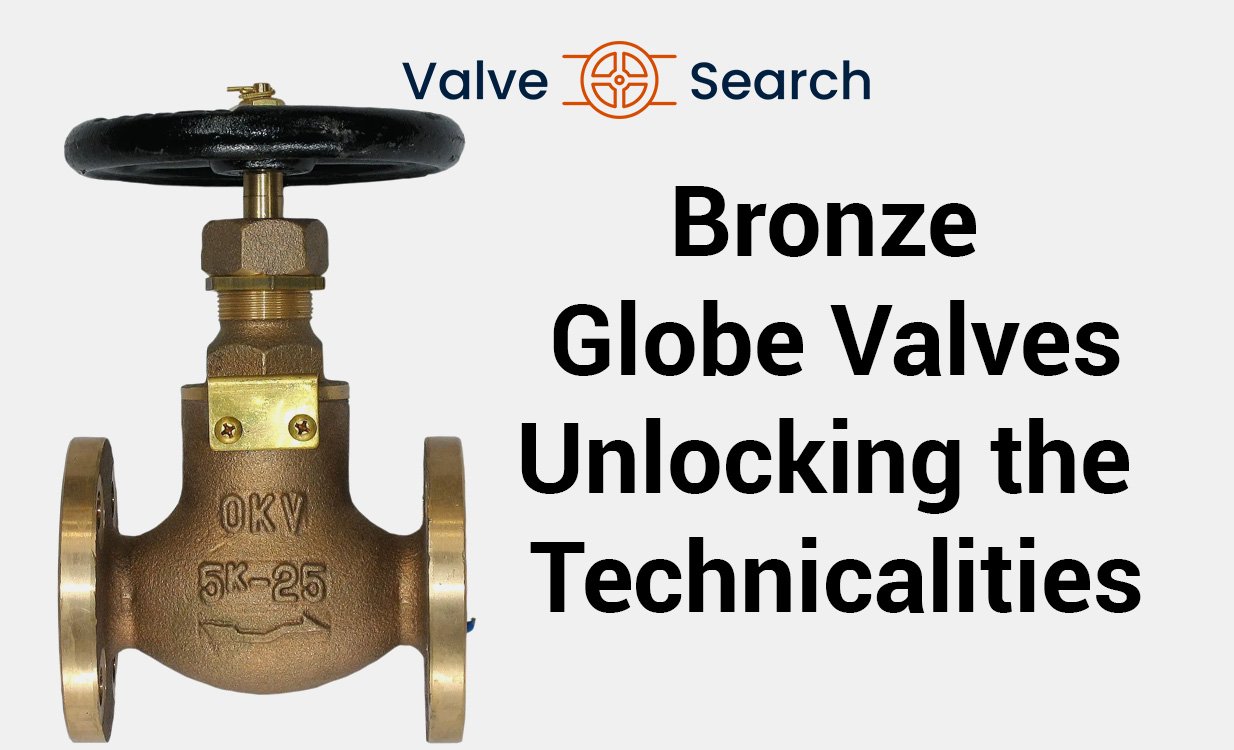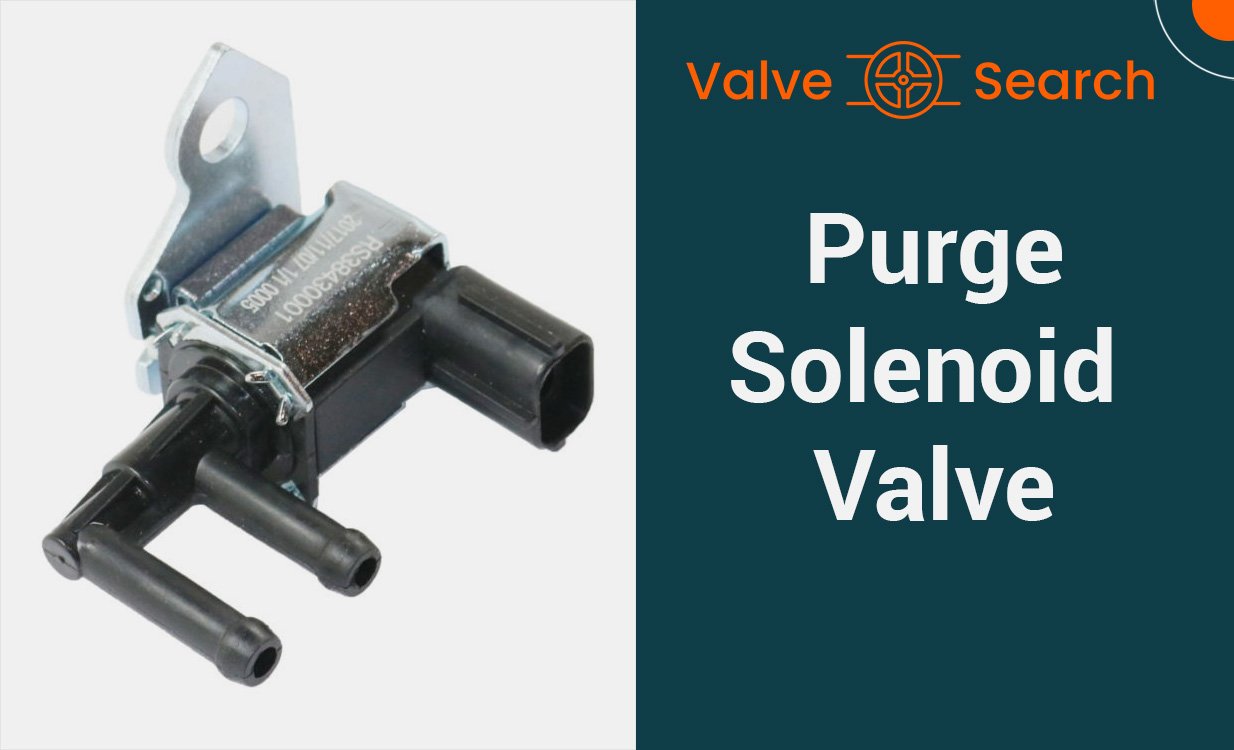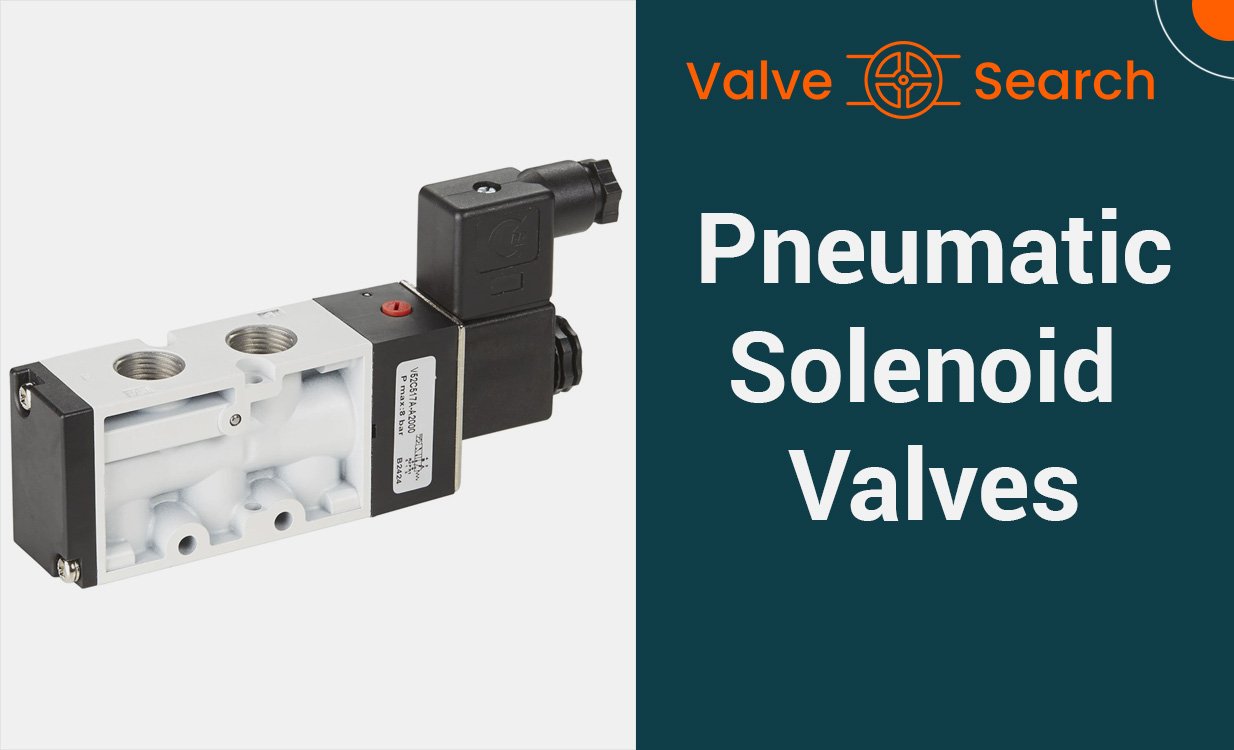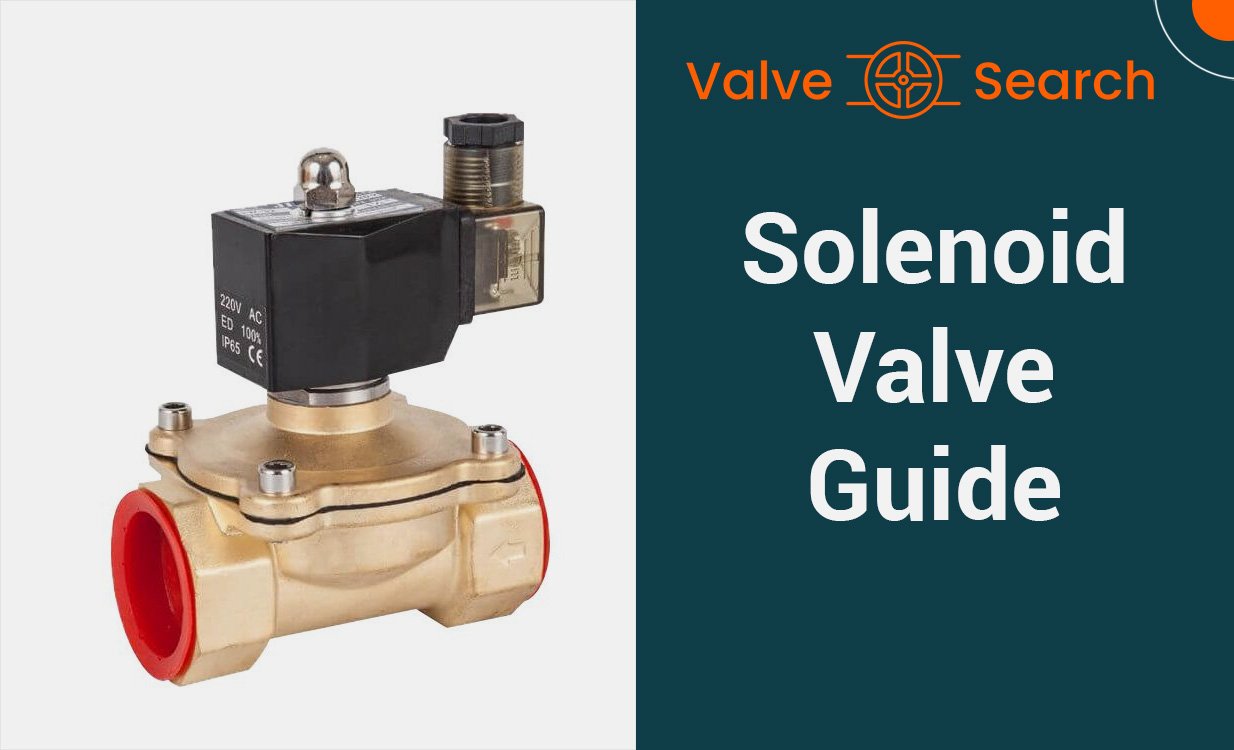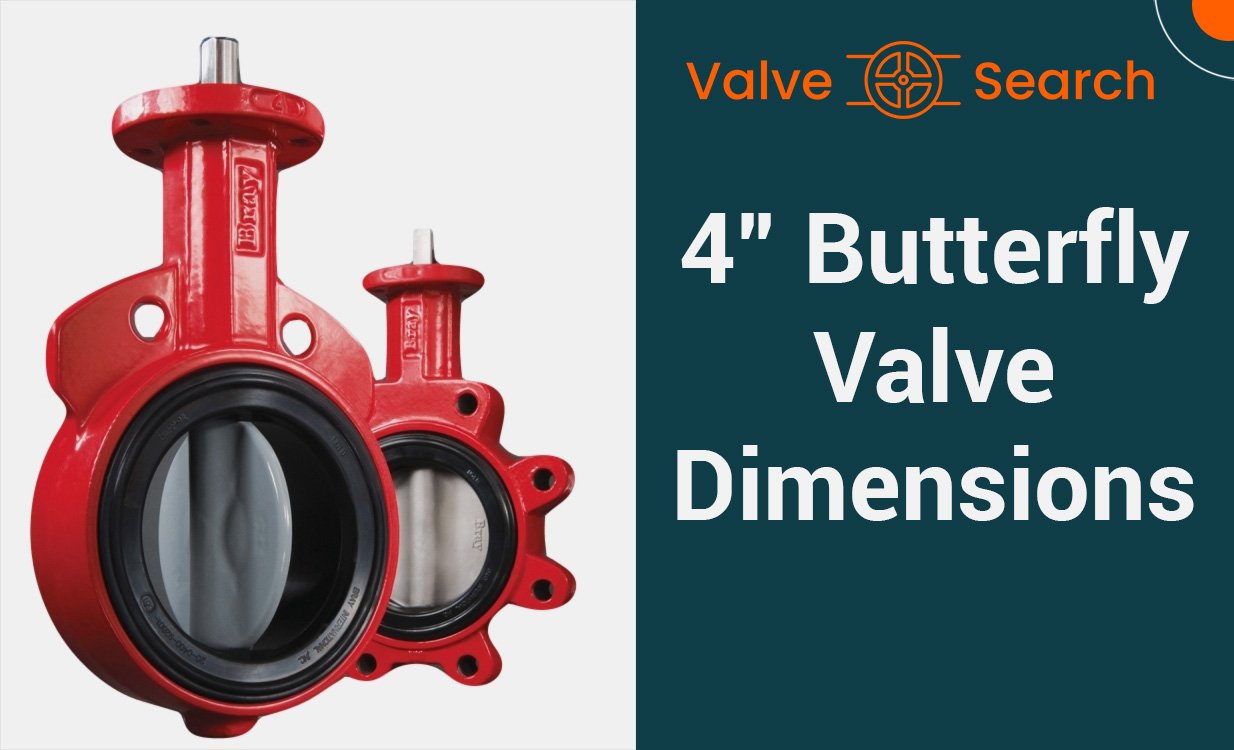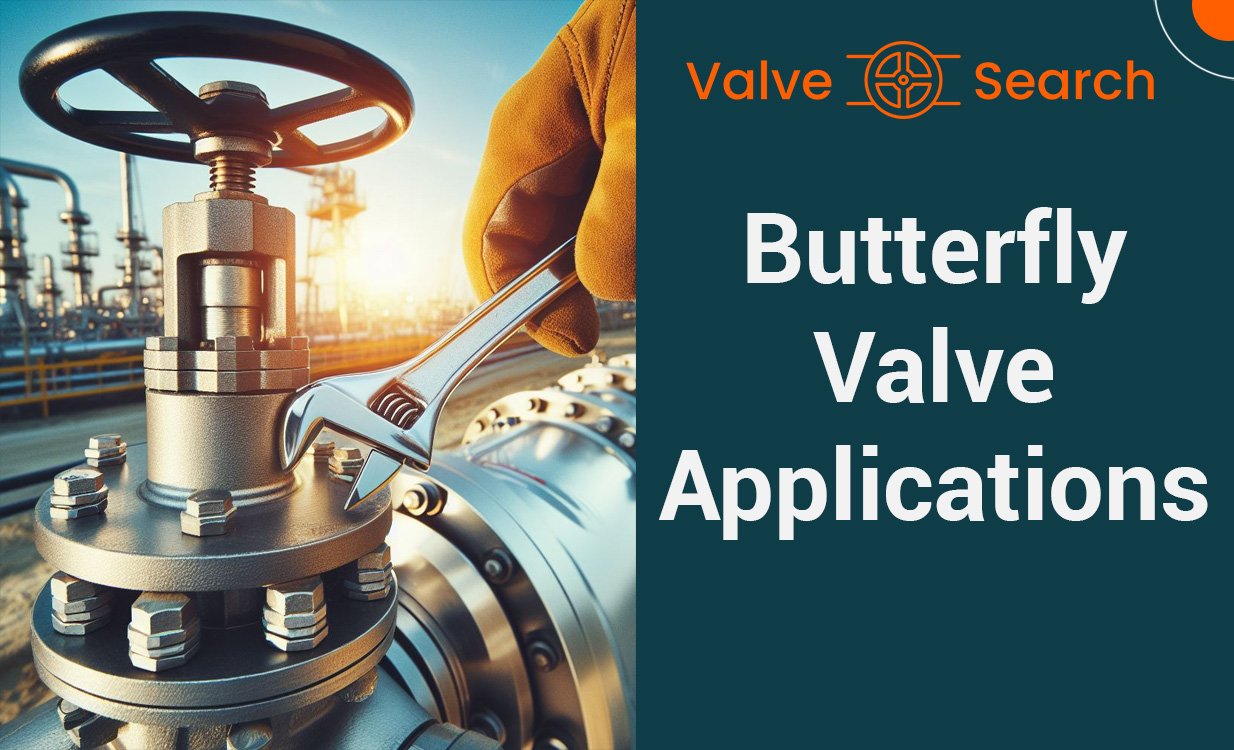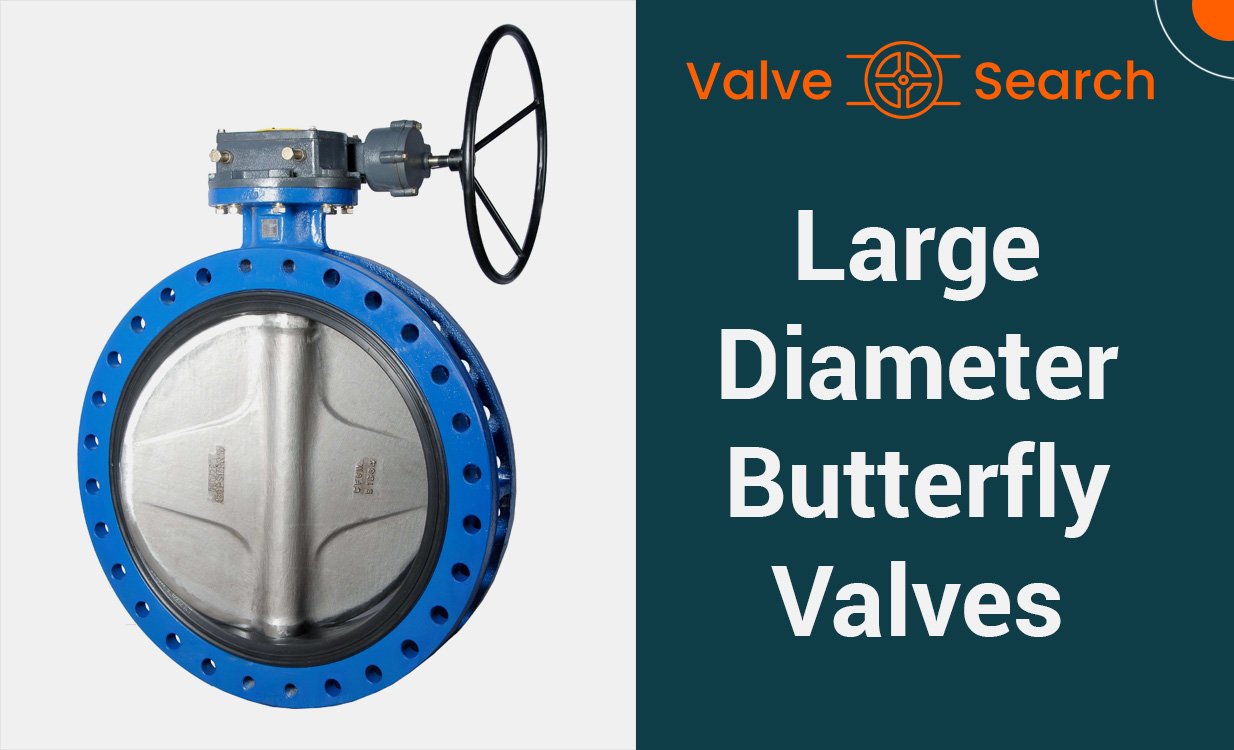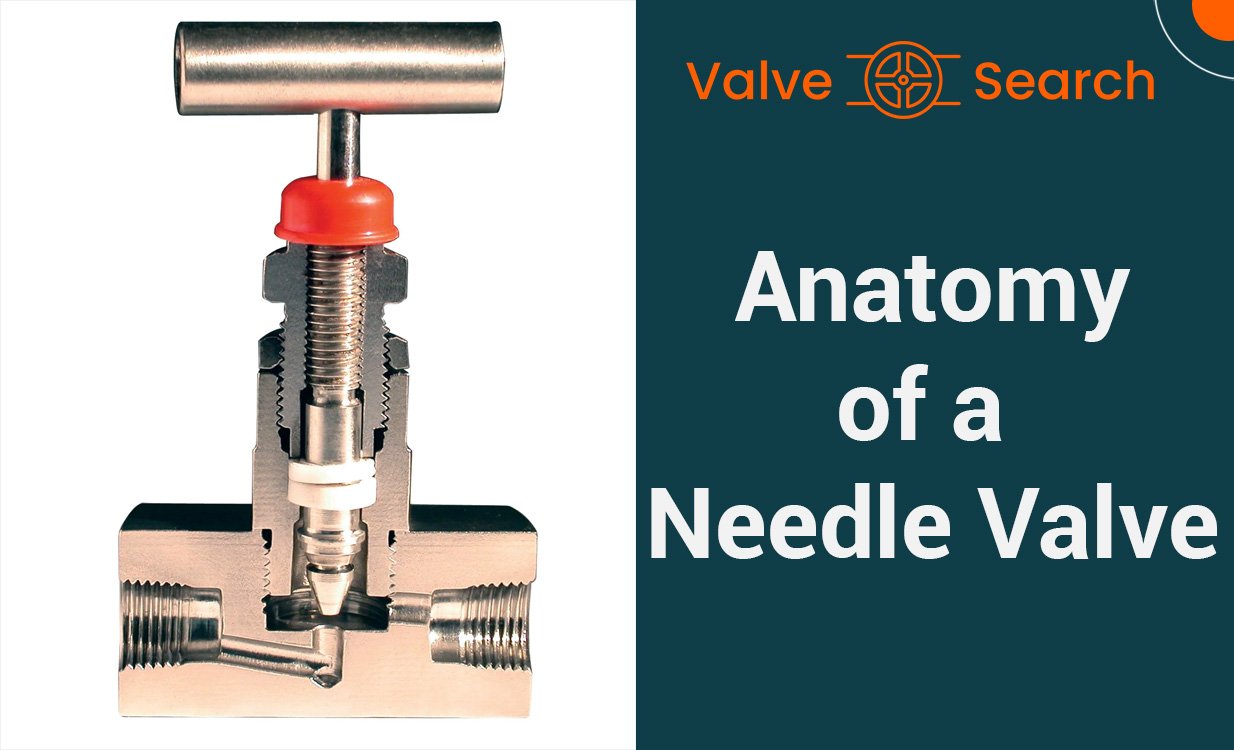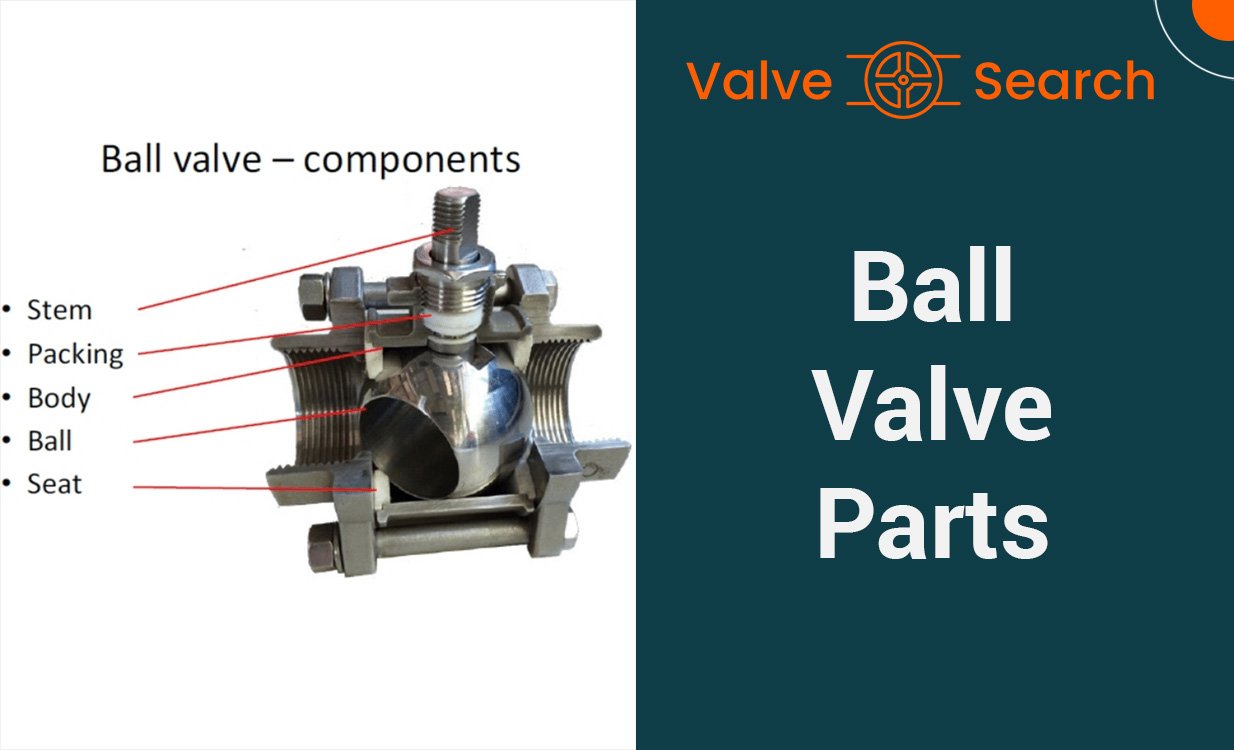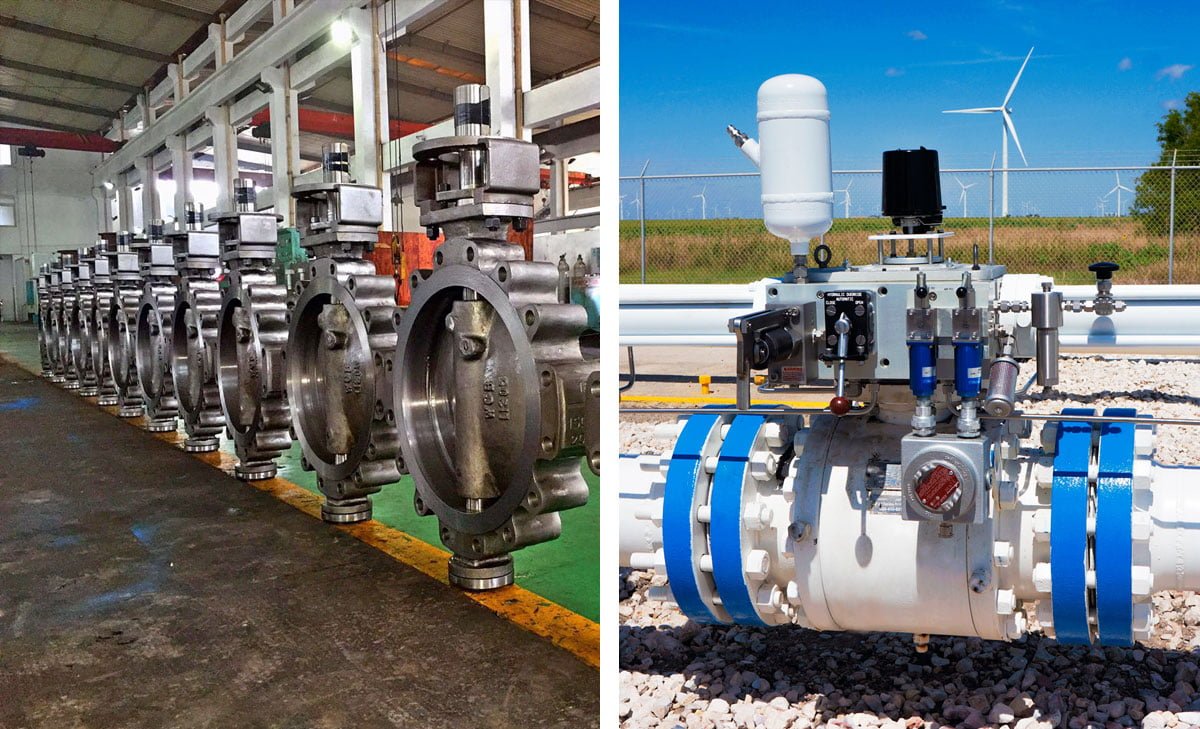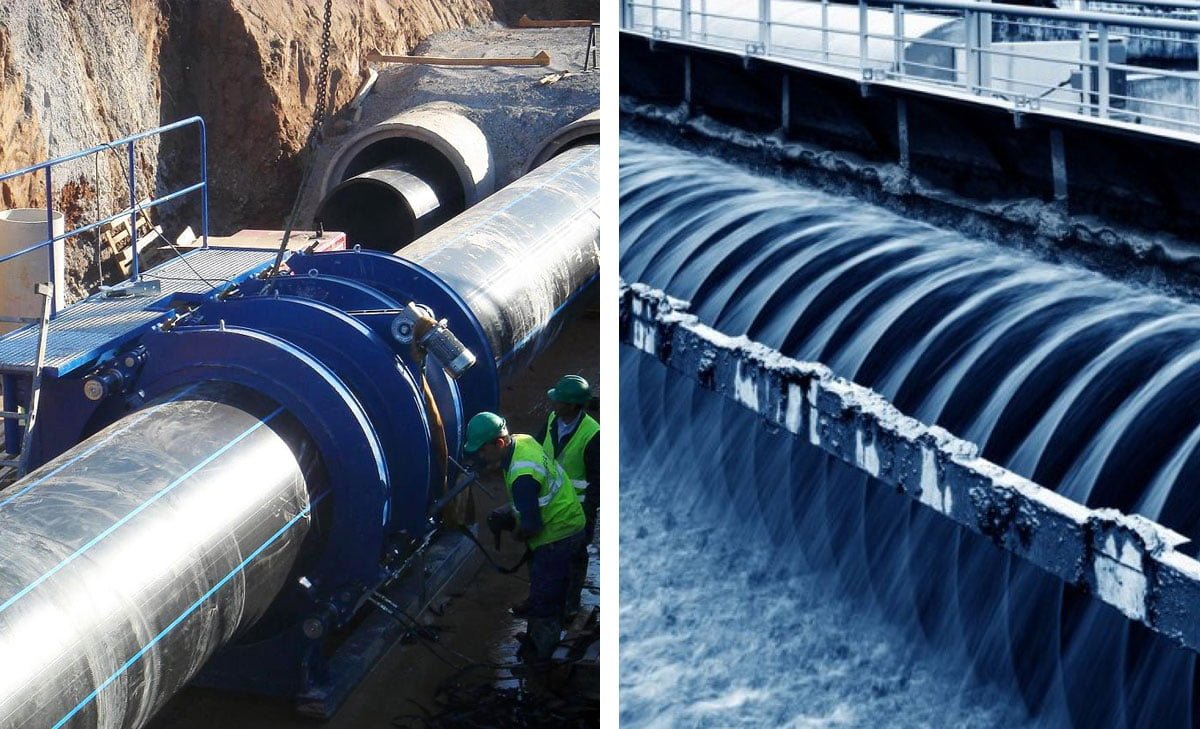The Advantages of Using Stainless Steel Butterfly Valves in Industrial Applications
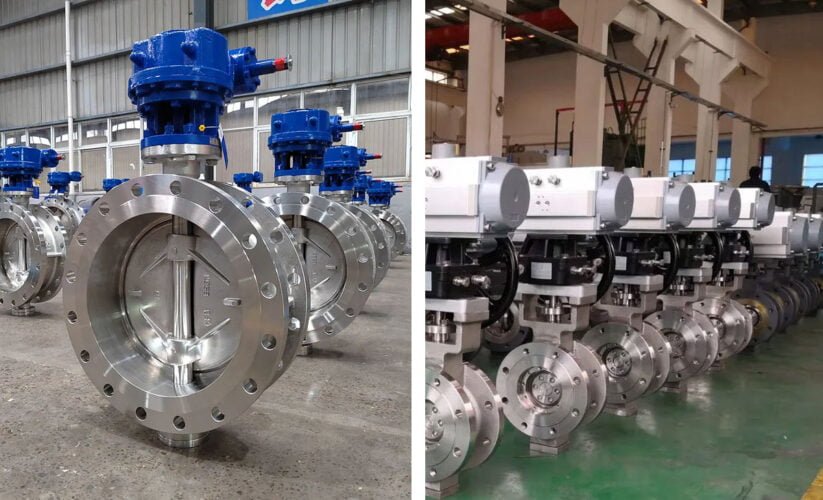
Table of Contents
ToggleThe Benefits of Stainless Steel Butterfly Valves in Industrial Applications
In the world of industrial valves, Stainless Steel Butterfly Valves stand tall as an engineering masterpiece. It’s renowned for its exceptional performance and versatility across a spectrum of applications. In this comprehensive exploration, we delve into the top 15 advantages of using stainless steel butterfly valves in industrial applications.
Main Advantages of Stainless Steel Butterfly Valves
- Corrosion Resistance: Stainless steel butterfly valves offer exceptional resistance to corrosion, making them suitable for various industrial applications where exposure to corrosive substances is common.
- High Strength and Durability: These valves are known for their high strength and durability, ensuring long-term performance in demanding industrial environments.
- Low Maintenance: Stainless steel butterfly valves require minimal maintenance, reducing downtime and operational costs for industrial facilities.
- Versatility: They can be used in a wide range of industrial applications, including chemical processing, water treatment, oil and gas, and food processing.
- Temperature Resistance: Stainless steel butterfly valves can withstand extreme temperatures, adding to their suitability for diverse industrial settings.
- Reliable Sealing: These valves provide reliable sealing, which is crucial for controlling and regulating flow in industrial processes.
- Ease of Installation: Their design allows for easy installation, saving time and labor during the setup of industrial systems.
- Regulatory Compliance: Stainless steel butterfly valves often meet industry standards and regulations, ensuring compliance in industrial operations.
- Operational Efficiency: The design of these valves allows for efficient flow control, contributing to improved operational efficiency in industrial settings.
- Cost-Effectiveness: Over the long term, the durability and low maintenance needs of stainless steel butterfly valves make them a cost-effective choice for industrial applications.
Understanding Stainless Steel Butterfly Valves
Stainless steel butterfly valves are essential components in industrial applications for regulating the flow of liquids or gases. They consist of two half-circle plates connected at their center, allowing precise control over the rate and direction of flow. The stainless steel construction provides corrosion resistance and strength, making them ideal for harsh industrial environments.
Definition and Design Basics of Stainless Steel Butterfly Valves
A stainless steel butterfly valve is a type of quarter-turn valve used to control flow. Its design includes a metal disc mounted on a rotating shaft. When the valve is closed, the disc is turned so that it completely blocks off the passageway. Conversely, when the valve is fully open, the disc is rotated a quarter turn so that it allows an unrestricted flow of the fluid. This design allows for quick operation and is suitable for applications that require efficient flow control.
Key Components and Their Functions
The key components of a stainless steel butterfly valve include the metal disc, valve seat, stem, and actuator. The metal disc, also known as the “butterfly,” controls the flow by pivoting a quarter turn around the valve shaft. The valve seat provides a seal when the valve is closed, preventing leakage. The stem connects the actuator to the disc and transmits the actuator’s motion to the disc. The actuator, which can be manual or automated, controls the disc’s position to regulate the flow.
Stainless steel butterfly valves are efficient, cost-effective, and low-maintenance solutions for industrial flow control, making them widely used in various applications requiring reliable fluid and gas regulation.
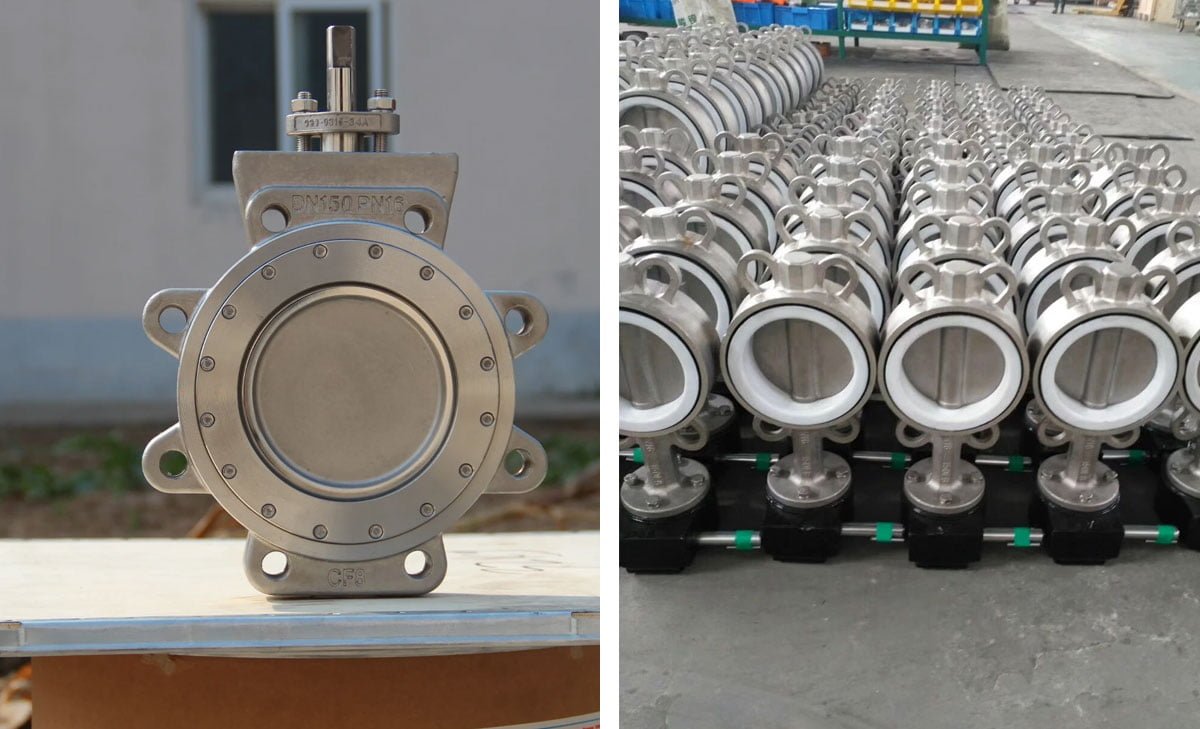
Durability and Corrosion Resistance
The Role of Stainless Steel in Preventing Corrosion
Stainless steel butterfly valves are renowned for their exceptional durability and resistance to corrosion. This is primarily attributed to the high chromium content in stainless steel, which forms a protective passive layer on the surface, preventing corrosion and maintaining the integrity of the valve even in challenging environments. The passive layer acts as a shield against corrosion, ensuring that the valve remains unaffected by rust, pitting, or chemical damage over time, making it an ideal choice for industrial applications where corrosion is a concern.
Longevity of Stainless Steel Butterfly Valves in Harsh Environments
Stainless steel butterfly valves are designed to endure harsh conditions and demanding industrial processes. The inherent corrosion resistance of stainless steel allows these valves to operate effectively in environments where other materials would deteriorate rapidly. Whether exposed to high temperatures, caustic chemicals, or extreme pressures, stainless steel butterfly valves demonstrate remarkable longevity, making them a reliable choice for industries such as chemical processing, oil and gas, and water treatment. Their ability to withstand the rigors of harsh environments makes them indispensable for critical industrial applications.
The Economic Benefits of Stainless Steel Butterfly Valves
Stainless steel butterfly valves offer numerous economic advantages for industrial applications, making them a cost-effective choice for businesses. Let’s delve into the cost-effectiveness over time and the minimal maintenance requirements associated with these valves.
Cost-Effectiveness Over Time
Stainless steel butterfly valves stand out as a cost-effective option over time due to their durability and longevity. The initial investment in these valves may be higher compared to other materials, but their extended lifespan ultimately leads to significant cost savings. Their resistance to corrosion and wear ensures that businesses can avoid frequent replacements and associated costs, making them a wise investment in the long run. Additionally, the efficient flow control provided by stainless steel butterfly valves contributes to energy savings, further enhancing their cost-effectiveness over time.
Minimal Maintenance Requirements
Another economic benefit of stainless steel butterfly valves is their minimal maintenance requirements. These valves are designed for efficient and reliable operation, requiring minimal upkeep over their lifespan. Their low maintenance needs translate to reduced downtime and labor costs for businesses. With simple maintenance routines and fewer chances of failure, businesses can allocate resources to other critical areas without incurring substantial maintenance expenses.
In the realm of economic viability, stainless steel valves emerge as a prudent choice, offering prolonged cost-effectiveness and minimal maintenance requirements that align with the financial objectives of industrial operations.
Versatility Across Industries
Application in Water and Wastewater Treatment
Stainless steel butterfly valves play a critical role in the water and wastewater treatment sector due to their corrosion resistance and durability. These valves are designed to withstand harsh chemical environments and high-pressure systems, ensuring reliable and efficient operation in water treatment plants. Their tight seal and precise flow control capabilities make them essential for regulating water flow and managing the treatment processes, contributing to the overall effectiveness and safety of these facilities.
Suitability for the Food and Beverage Sector
In the food and beverage industry, stainless steel butterfly valves are favored for their hygienic properties and resistance to corrosion, making them ideal for handling various liquids, gases, and even semi-solid materials. Their smooth and crevice-free design minimizes the risk of bacterial growth and contamination, ensuring product integrity and compliance with stringent food safety regulations. These valves facilitate precise flow control, enabling seamless production processes and maintaining the high quality and purity standards demanded in the food and beverage sector.
Advantages for the Pharmaceutical Industry
Stainless steel butterfly valves are well-suited for pharmaceutical applications where maintaining sterility and preventing product cross-contamination are paramount. The smooth surface finish and cleanability of these valves make them ideal for handling pharmaceutical ingredients and products while adhering to strict regulatory requirements. Their reliable performance and ease of maintenance contribute to the overall efficiency and safety of pharmaceutical manufacturing processes, ensuring the integrity and purity of the end products.
Improved Flow Control and Efficiency of Stainless Steel Butterfly Valves
Precision in Throttling and Regulating Flow
Stainless steel butterfly valves offer precise control over the flow of various fluids and gases in industrial applications. The design of these valves allows for accurate throttling, making it possible to regulate flow rates with high precision. This level of precision is crucial in industries such as chemical processing, water treatment, and oil and gas, where even minor variations in flow can have significant implications for the overall process efficiency and product quality.
Impact on Energy Consumption
The efficient flow control provided by stainless steel butterfly valves has a direct impact on energy consumption in industrial settings. By precisely regulating the flow of fluids and gases, these valves help optimize the use of energy-consuming equipment such as pumps and compressors. This not only leads to energy savings but also reduces wear and tear on machinery, resulting in lower maintenance costs and extended equipment lifespan. In today’s energy-conscious environment, the ability to minimize energy consumption while maintaining operational efficiency is a key advantage of using stainless steel valves in industrial applications.
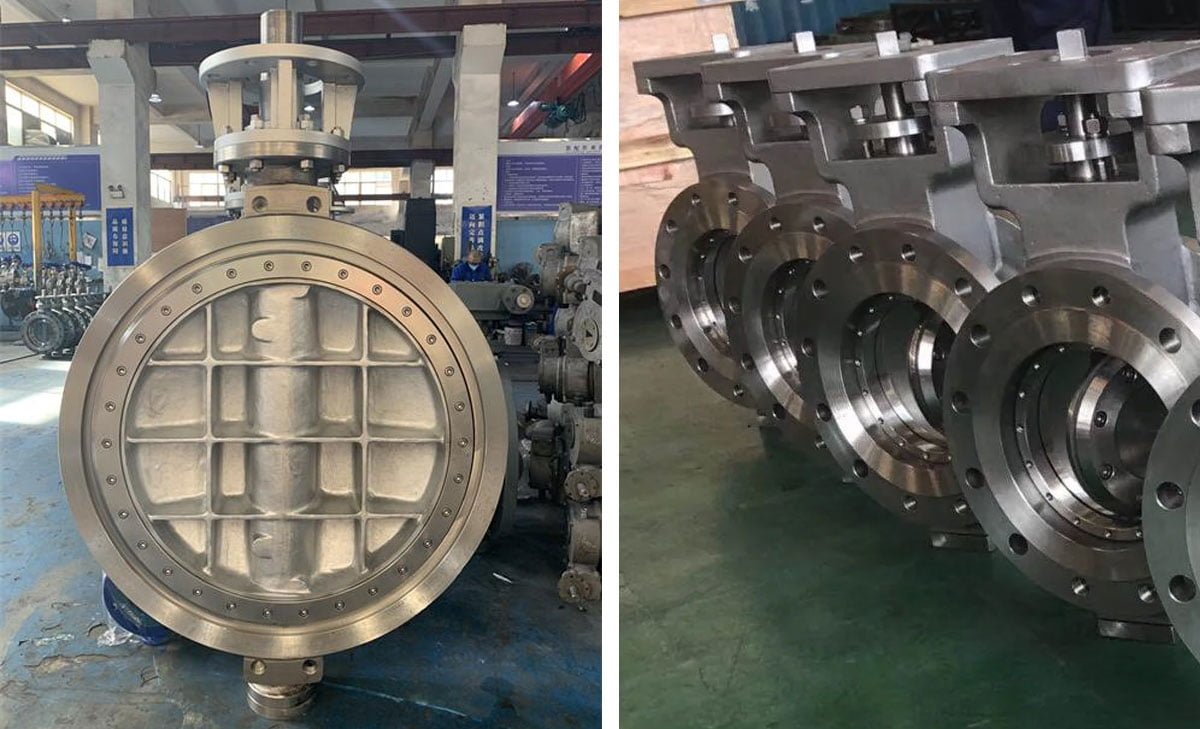
Safety Features of Stainless Steel Butterfly Valves
When it comes to industrial applications, safety is paramount. Stainless steel butterfly valves are widely favored for their robust safety features, making them indispensable in various industrial settings. Let’s explore the key safety aspects that make stainless steel butterfly valves the top choice in ensuring operational security and reliability.
Leak-Prevention Capabilities
Stainless steel butterfly valves are engineered to provide exceptional leak-prevention capabilities, effectively controlling the flow of fluids and gases. By utilizing a reliable sealing mechanism, these valves can maintain a tight seal to prevent any potential leakage, ensuring operational safety and environmental protection. The resilient sealing properties of stainless steel butterfly valves make them an ideal choice for applications where leak prevention is critical, safeguarding against hazardous fluid release and minimizing the risk of environmental contamination or workplace accidents.
Resistance to Extreme Temperatures and Pressures
In demanding industrial environments, withstanding extreme temperatures and pressures is a fundamental safety requirement for valves. Stainless steel butterfly valves are designed to withstand a wide range of operating conditions, from subzero temperatures to high-temperature processes, without compromising their structural integrity. Additionally, these valves exhibit remarkable resistance to high pressures, maintaining their performance and safety even under challenging operational circumstances. This exceptional resistance to extreme temperatures and pressures makes stainless steel butterfly valves a dependable choice for industries where safety and operational durability are non-negotiable.
In conclusion, the safety features of stainless steel butterfly valves, including their leak-prevention capabilities and resistance to extreme temperatures and pressures, make them an indispensable asset in ensuring operational security and reliability across diverse industrial applications. With their ability to maintain a tight seal and withstand demanding operating conditions, stainless steel butterfly valves exemplify safety and performance excellence in industrial fluid control systems.
Easy Installation and Operation of Stainless Steel Butterfly Valves
Stainless steel butterfly valves offer easy installation and operation, making them a preferred choice for industrial applications.
Lightweight Design and Flexibility
The lightweight design of stainless steel butterfly valves allows for effortless installation, reducing the need for heavy lifting equipment and minimizing installation time. This feature provides flexibility in positioning the valves within the industrial setup, optimizing the overall operational efficiency.
Simplified Maintenance and Cleaning Procedures
Stainless steel butterfly valves are designed for easy maintenance and cleaning. Their simple construction and smooth surfaces facilitate swift disassembly for routine maintenance tasks. Moreover, the corrosion-resistant properties of stainless steel simplify the cleaning procedures, ensuring minimal downtime and enhanced productivity in industrial operations.
Incorporating stainless steel butterfly valves in industrial applications not only streamlines the installation process but also ensures hassle-free maintenance and cleaning, contributing to seamless operation and longevity.
Environmental Impact of Using Stainless Steel
Stainless steel butterfly valves offer considerable environmental advantages, making them a sustainable choice for industrial applications. The use of stainless steel contributes to environmental preservation through recyclability, sustainability, and the reduction in environmental contaminants.
Recyclability and Sustainability
Stainless steel is a highly sustainable material due to its recyclability. It can be recycled repeatedly without losing its inherent properties, thus reducing the need for new raw material extraction. This contributes significantly to the conservation of natural resources and energy savings. Furthermore, the sustainable nature of stainless steel aligns with the principles of a circular economy, where products and materials are reused and recycled, minimizing waste and environmental impact.
Reduction in Environmental Contaminants
By utilizing stainless steel butterfly valves in industrial applications, there is a notable reduction in environmental contaminants. Stainless steel is inherently resistant to corrosion, which eliminates the risk of chemical leakage and contamination. This superior corrosion resistance minimizes the potential for environmental harm, ensuring the protection of ecosystems and surrounding habitats. Additionally, the use of stainless steel reduces the likelihood of product contamination, promoting environmental safety and sustainability.
The environmental benefits of using stainless steel butterfly valves underscore their advantageous role in industrial operations, aligning with efforts to mitigate the environmental impact of butterfly valve manufacturing processes.
Conclusion for Stainless Steel Butterfly Valves
In conclusion, the use of stainless steel butterfly valves in industrial applications offers numerous advantages that make them an excellent choice for fluid control. From their corrosion resistance and high strength to their compact design and quick operation, stainless steel butterfly valves provide efficient and reliable performance. Their minimal pressure drop, easy maintenance, precise control, and cost-effectiveness further contribute to their appeal in various industrial settings. Additionally, their lightweight construction, high temperature tolerance, regulatory compliance, noise reduction, and environmentally friendly nature make them a versatile and sustainable option for fluid handling systems.

